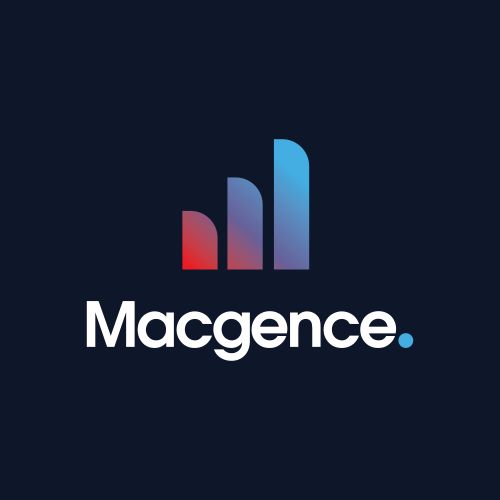Audio Presented by

Macgence is a AI Data Sourcing company at the forefront of providing exceptional human-generated solutions.
Story's Credibility



About Author
Macgence is a AI Data Sourcing company at the forefront of providing exceptional human-generated solutions.